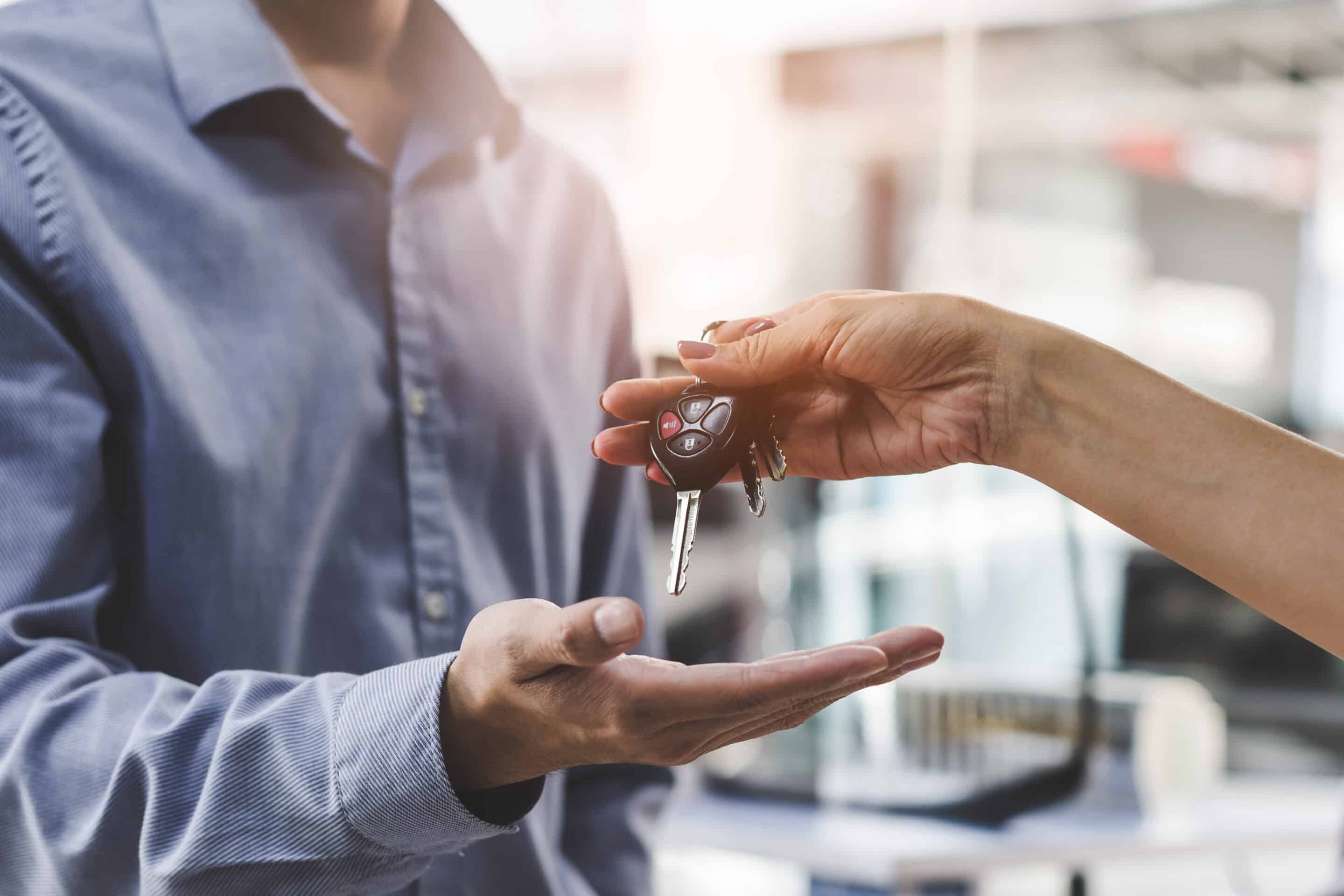A report prepared earlier this year for the Electric Vehicle Council gave an overview of the EV market, including owners’ preference, charging practices and the role of the U.S. government.
The survey for the council found 49 percent of EV drivers’ households own at least one other type of vehicle in addition to their EV–25 percent have a liquid fuel vehicle and 21 percent have a hybrid. Moreover, 62 percent of EV drivers report that their driving mileage has not changed since having an EV and 31 percent say they are driving more.
Additionally, results show that EV drivers have amenities and services preferences, with four of the five in this list concern customer safety. The top five of their preferred amenities and services are multiple charging spots allocated, open 24/7, chargers located in highly visible areas, bright lighting around the charger units, and visible security cameras.
The Charging Experience
The report Electric Vehicle Council is a result of a survey from the non-advocacy organization whose mission is to coordinate the efforts of organizations actively engaged in supporting the deployment of EV charging infrastructure.
Their report noted only about half to two-thirds of site hosts offer exactly these amenities and services to their customers: chargers in high visibility areas (68 percent), security cameras (65 percent), bright lighting (56 percent), multiple charging spots (46 percent), and open 24/7 (52% percent).
In terms of the charging experience, half of site hosts (51 percent) say they have experienced less than 10 percent downtime and another 44 percent say their EV chargers have less than 20 percent downtime.
Driver’s View
These results are lineup with the EV driver study—34 percent reported they have experienced at least one problem at a charger while nine percent experienced frequent EV charging issues. But 65 percent responded it is rare.
EV drivers reported there are not long waits to plug into an EV charger at a host site. A significant majority (84 percent) said they don’t have to wait at all or have a very short wait, while 15 percent typically wait longer than five minutes at an EV charging location.
And while they are waiting, they are making another purchase of some sort as 78 percent of EV drivers say they get out of their car at public charging stations and 30 percent say they typically buy a drink or a snack while their vehicle is charging.
EV Hosts
Those habits are seen by those hosting EV chargers. In responses from those having a minimum of six EV charger sites, they do not think drivers are in a hurry to own and operate their own EV chargers. The experiences for site hosts is positive enough that they are thinking about expanding the number of EV chargers they offer in the future—85 percent put in the necessary infrastructure and wiring to increase their EV charging capacity during their initial EV charger installations.
As a result, hosts in the study are more likely to own their EV chargers than lease at this time —69 percent of site hosts claim that they own their EV chargers, 31 percent revenue share, and 16 percent lease their space to EV charger operators.
Site hosts are at least satisfied with their EV charger revenues, generating enough revenues from their EV charger investments that meet or exceed their expectations. Specifically, 54 percent said their EV charger revenues exceeded expectations and 44 percent said revenues met expectations.
Role of Government, Utilities
Overall, U.S. stakeholders reported local governments are assisting EV charging sites in adoption and permitting as 94 percent say their local government was at least somewhat cooperative, and 91 percent say their local government was knowledgeable on permitting.
What is a hindrance are utilities. Major industry players feel utilities cannot keep up with the pace of demand by site hosts, but 98 percent of smaller site hosts said their local utility was at least somewhat responsive to their needs and requests.
There is a split in the industry when it comes how drivers are paying to charge their cars. Major industry players believe most customers are paying via app, not credit card but site hosts reported 85 percent are paying with credit cards; 79 percent by digital wallets. EV drivers were within eight percentage points saying they paid digital wallet (32 percent), credit card (29 percent), and app (25 percent).








